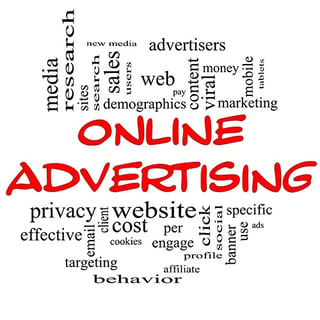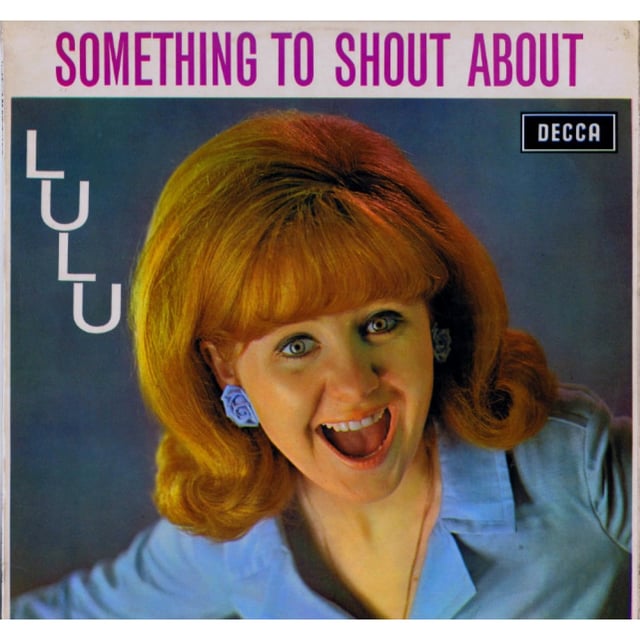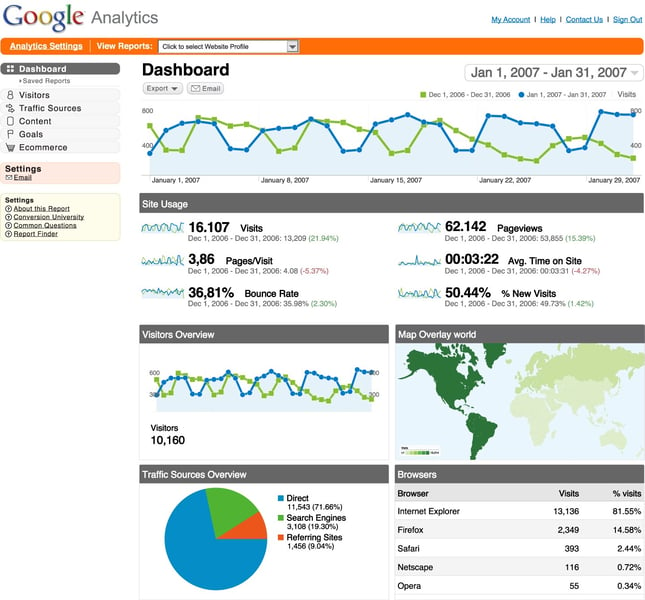 There’s no doubt about it. If it’s done right, online advertising is the perfect way to reach your target audience and boost your business. This marketing strategy basically utilizes the Internet to help you gain website traffic and deliver your marketing messages to potential customers or clients. It’s unique, in its ability to help define your audience, target the right users at exactly the right time, and monitor your success.
There’s no doubt about it. If it’s done right, online advertising is the perfect way to reach your target audience and boost your business. This marketing strategy basically utilizes the Internet to help you gain website traffic and deliver your marketing messages to potential customers or clients. It’s unique, in its ability to help define your audience, target the right users at exactly the right time, and monitor your success.
Getting Started
Starting out in online advertising can be pretty daunting – we all know that the Internet is just massive and there’s a lot of jargon and techy-speak out there. But if you break it down into smaller parts, online advertising doesn’t need to be scary. And the benefits to your business, and the opportunities that await, make it totally worthwhile.
For starters, don’t get bogged down with how you’ll measure your impact and success. If you’re new to online advertising, monitoring cost per click, ad impressions and resulting website traffic can seem a world away from measuring the effectiveness of a leaflet or even a TV ad. It will all seem alien to start with, so just take it step by step.
Step 1 – What Do You Have To Shout About?
 Think about the message you want to get across and what you’re trying to say. Is it a one-off deal; a brand new product or service; or do you simply want to raise awareness of your company’s brand? Once you’ve pinpointed exactly what you want to say and why you want to say it, you can start thinking about how you go about it. From banner ads and rich media ads, to social media pages, there are many different styles and types of online advertising.
Think about the message you want to get across and what you’re trying to say. Is it a one-off deal; a brand new product or service; or do you simply want to raise awareness of your company’s brand? Once you’ve pinpointed exactly what you want to say and why you want to say it, you can start thinking about how you go about it. From banner ads and rich media ads, to social media pages, there are many different styles and types of online advertising.
Step 2 – When, For How Long And For How Much?
Next you should think about when, and for how long, you want the advert to appear. Timing is crucial, as with all advertising, so really give this the attention it deserves.
And ask yourself how much you’re willing to spend on your campaign. It can be hard to allocate a budget for online advertising when you start out, but as with anything, the key is to start small, test some results and then work on increasing your budget and maximizing how far your spend goes. Investment doesn’t have to be huge, but in order to be able to work out your ROI, you’ll need to keep track of the price of the ad, the labor used to create it and any other software or web programming that you use to track the ad.
Step 3 – Measuring And Tracking Success
Think again about the goal of your ad: an increase in sales, an increase in traffic, brand awareness, etc. Then you can choose from the following metrics to help you judge its success:
Increase In Web Traffic
How many people are now going to your website daily? Has it increased since the launch of your ad?
Sign-ups
If you’ve launched a campaign that requires people to subscribe to something, then you can judge success by the number of sign-ups. This requires a landing page (a specifically designed page that caters to your chosen ad demographic) and you can link ads straight to this, instead of your main website. (And don’t forget, once you have a database of subscribers, emailing offers and promotions to them will increase your ROI).
Length Of Visit
How many people spend 30 minutes or longer on your website? It could be worth paying for web tracking software that shows you the amount of time new users spend on a page.
Page Views
How many people have landed on your campaign landing page? And how many people have downloaded content or streamed your video? If you do have video content, it’s worth investing in software that tells you how many people watch the entire video and how many stop before the end.
Clicks
Many online ads are Pay-Per-Click (PPC). So you should find out the number of clicks and the conversion rate, e.g. how many people went on to buy something or suss out your website. Choose a PPC ad provider, like Google AdWords, that tracks both clicks and conversion rates (it also has a function called ‘Maximize Clicks’ where you can set a target spend limit to keep you within budget).
Ad Views
This tells you how many times a day, week or month that your ad was shown to web page viewers. Use this to compare a series of ads and see which is more successful when it comes to getting click-throughs to your site/landing page.
Remember
You’ll need baseline figures for previous traffic, clicks, sales and campaigns in order to measure success. The more data you have (preferably 2 months to a year’s worth) about the people that arrive at your site, where they come from and what the conversion rate is, the more you have to compare your newest campaigns against.
Most websites have basic traffic tracking already available, but Google Analytics provides some free campaign tracking (with limited functionality). And some advertising programs, such as Google AdWords, include traffic and conversion tracking.
Finding the right place for your ad needs some attention and requires an understanding of your target audience and their online habits.
In short, online advertising is about common sense and great prep work – so it doesn’t have to be daunting. If you’re just starting out, it’s worth starting with a small budget and making sure you have all your base figures, target audience demographics, chosen metrics and relevant tracking methods set up. Build upon this bit by bit and you can really start to see your traffic increasing. When you take the time and care to make sure your online advertising is done right, an increase in conversion rates should be a given.





